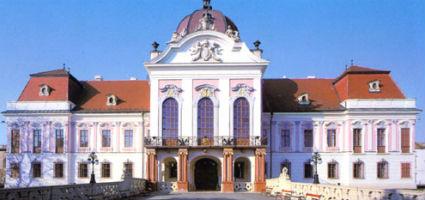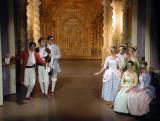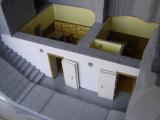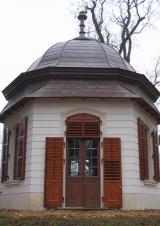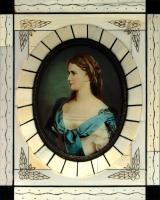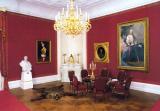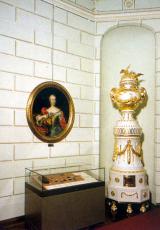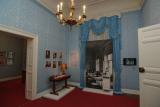
We recall days Charles IV and the Horthy Family spent in Gödöllő in the Gizella Wing that was reconstructed, financed by the EU. We show the headquarters for the Hungarian Soviet Republic, as well as the period when the castle functioned as social institution and military base for the Soviet army.
We also show details of the reconstruction process that began in the 1980s, and locations of Hungarian Presidency of the Council of Europe. In addition to beautiful interiors, the visitors will find great interactive elements, too. The corner room is also an exhibition room where a scale model, like a time machine, shows its history, and where in the drawers of the showcases there are treasures, photos and items to be touched and felt awaiting the visitors.
A picture gallery about members of the Habsburg family is shown in the hallway of the Gizella Wing. In addition to members of the Habsburg family, there are also portraits of the palatine branch of the family.
The base for the material was the heritage of the Stephanie of the Lónyai Family.

